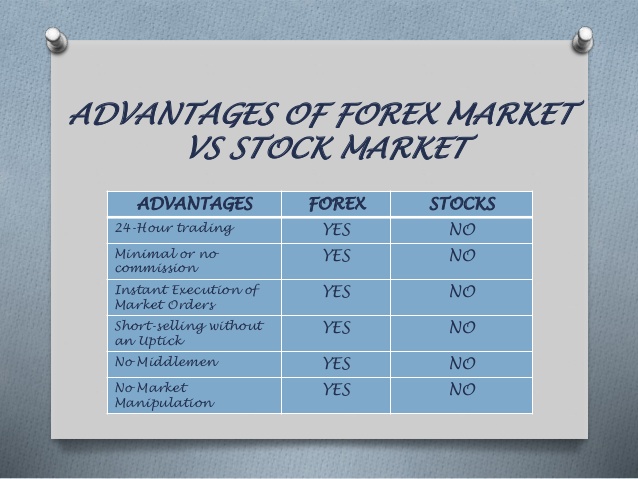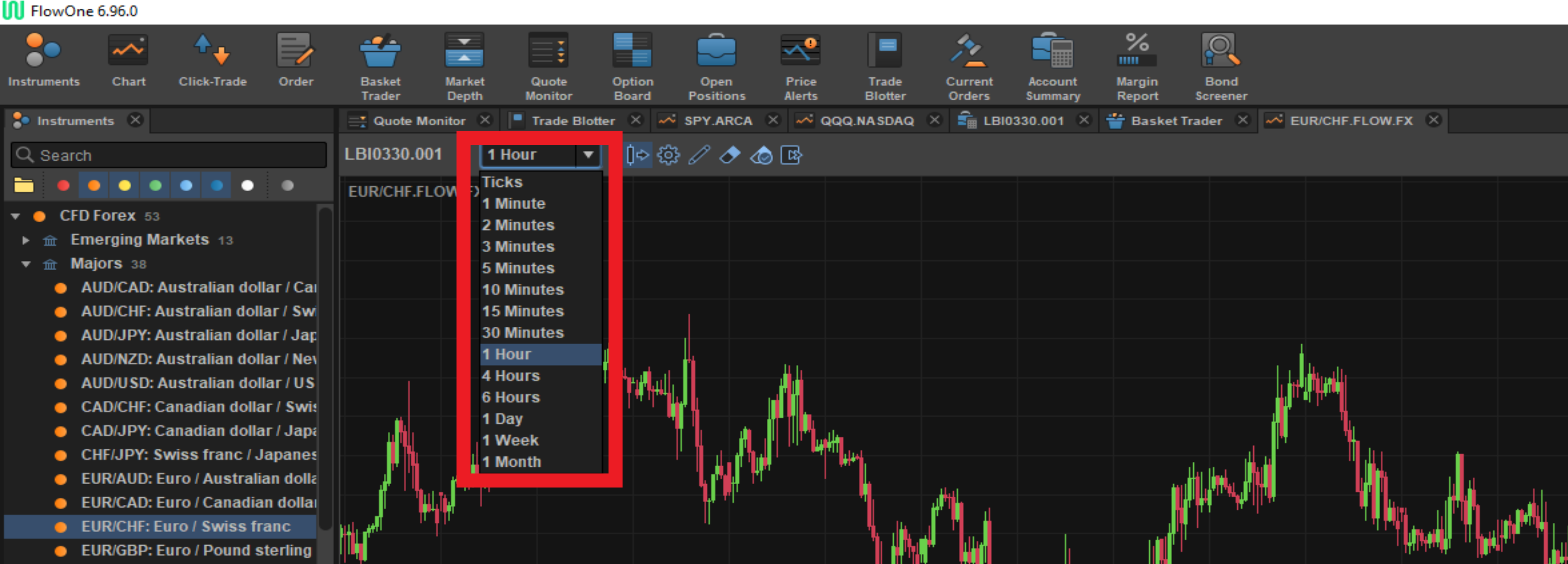
You might be an investor who wants to know if anyone owns stocks. It is vital information that can help you to make informed investment decisions. To do so, you should learn about the buying and selling of stocks as well as how to prepare for it.
Stock Ownership Search
Usually, if you purchase stock from a corporation, they will send you a physical document that contains the number and details of the shares you own. Keep these certificates. They are valuable documents.
How to Proof Your Stock Owning
The easiest and most reliable way to prove stock ownership is by comparing the paperwork signed when the stock was purchased with the records you keep. This can be a daunting task for many people, but it is necessary to protect your financial interests.

Check if you can find the same information on their website. You can then use it to prove that you are the owner of the stock, and you have the right vote in corporate matters.
It is also possible to hire a service that will produce physical copies for you. These companies have blanks or templates that you can use. They will also handle all the legal requirements on your behalf, saving you both time and energy.
How to find the transfer agent for a stock
A certificate of stock ownership is very important, as it shows that you own your stocks. The certificate is useful to collect any dividends owed to you. You should replace your certificate immediately if you lose it.
The agent responsible for the transfer of an equity is in charge of maintaining the shareholder's records, transferring the ownership to the new owner and ensuring dividends are received. Choose a transfer agency that has been registered with the SEC, and one that has a solid reputation. You should also ask them about their experience in the field.

You need to know the current and historical stockholders of a business to be able to form a full picture. You can use this information to better understand the stock exchange and the health of the company.
BamSec provides a search feature that lets you view a list with current stockholders. This tool allows you to filter your results by type of investor, location, concentration (10 top investors), and date range.
If you want to find a list with historical owners, this tool has a feature similar called "Shareholder history report." The report will provide you with a complete list of holders as well as their historical holdings from 1997 to today.
FAQ
What is a "bond"?
A bond agreement is an agreement between two or more parties in which money is exchanged for goods and/or services. It is also known to be a contract.
A bond is typically written on paper, signed by both parties. This document details the date, amount owed, interest rates, and other pertinent information.
A bond is used to cover risks, such as when a business goes bust or someone makes a mistake.
Bonds can often be combined with other loans such as mortgages. This means the borrower must repay the loan as well as any interest.
Bonds can also help raise money for major projects, such as the construction of roads and bridges or hospitals.
When a bond matures, it becomes due. That means the owner of the bond gets paid back the principal sum plus any interest.
Lenders are responsible for paying back any unpaid bonds.
What is security in the stock exchange?
Security can be described as an asset that generates income. The most common type of security is shares in companies.
A company could issue bonds, preferred stocks or common stocks.
The earnings per share (EPS), and the dividends paid by the company determine the value of a share.
You own a part of the company when you purchase a share. This gives you a claim on future profits. You receive money from the company if the dividend is paid.
You can sell shares at any moment.
How are share prices established?
Investors are seeking a return of their investment and set the share prices. They want to make money from the company. They buy shares at a fixed price. If the share price increases, the investor makes more money. If the share price goes down, the investor will lose money.
An investor's primary goal is to make money. This is why they invest. It helps them to earn lots of money.
Statistics
- "If all of your money's in one stock, you could potentially lose 50% of it overnight," Moore says. (nerdwallet.com)
- The S&P 500 has grown about 10.5% per year since its establishment in the 1920s. (investopedia.com)
- Individuals with very limited financial experience are either terrified by horror stories of average investors losing 50% of their portfolio value or are beguiled by "hot tips" that bear the promise of huge rewards but seldom pay off. (investopedia.com)
- Ratchet down that 10% if you don't yet have a healthy emergency fund and 10% to 15% of your income funneled into a retirement savings account. (nerdwallet.com)
External Links
How To
How to make a trading program
A trading plan helps you manage your money effectively. It helps you identify your financial goals and how much you have.
Before creating a trading plan, it is important to consider your goals. You might want to save money, earn income, or spend less. You may decide to invest in stocks or bonds if you're trying to save money. If you're earning interest, you could put some into a savings account or buy a house. Maybe you'd rather spend less and go on holiday, or buy something nice.
Once you have a clear idea of what you want with your money, it's time to determine how much you need to start. This depends on where you live and whether you have any debts or loans. You also need to consider how much you earn every month (or week). Your income is the net amount of money you make after paying taxes.
Next, save enough money for your expenses. These expenses include rent, food, travel, bills and any other costs you may have to pay. Your total monthly expenses will include all of these.
Finally, figure out what amount you have left over at month's end. This is your net income.
You're now able to determine how to spend your money the most efficiently.
To get started with a basic trading strategy, you can download one from the Internet. Or ask someone who knows about investing to show you how to build one.
For example, here's a simple spreadsheet you can open in Microsoft Excel.
This will show all of your income and expenses so far. It also includes your current bank balance as well as your investment portfolio.
Here's another example. This was created by an accountant.
It will allow you to calculate the risk that you are able to afford.
Remember, you can't predict the future. Instead, put your focus on the present and how you can use it wisely.